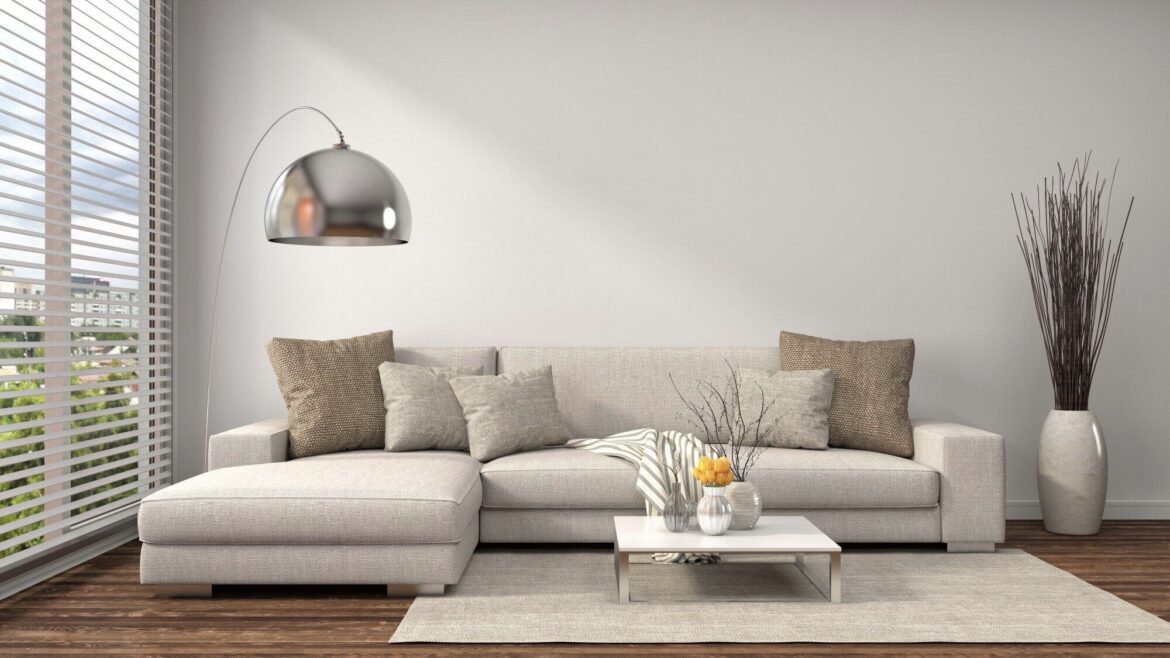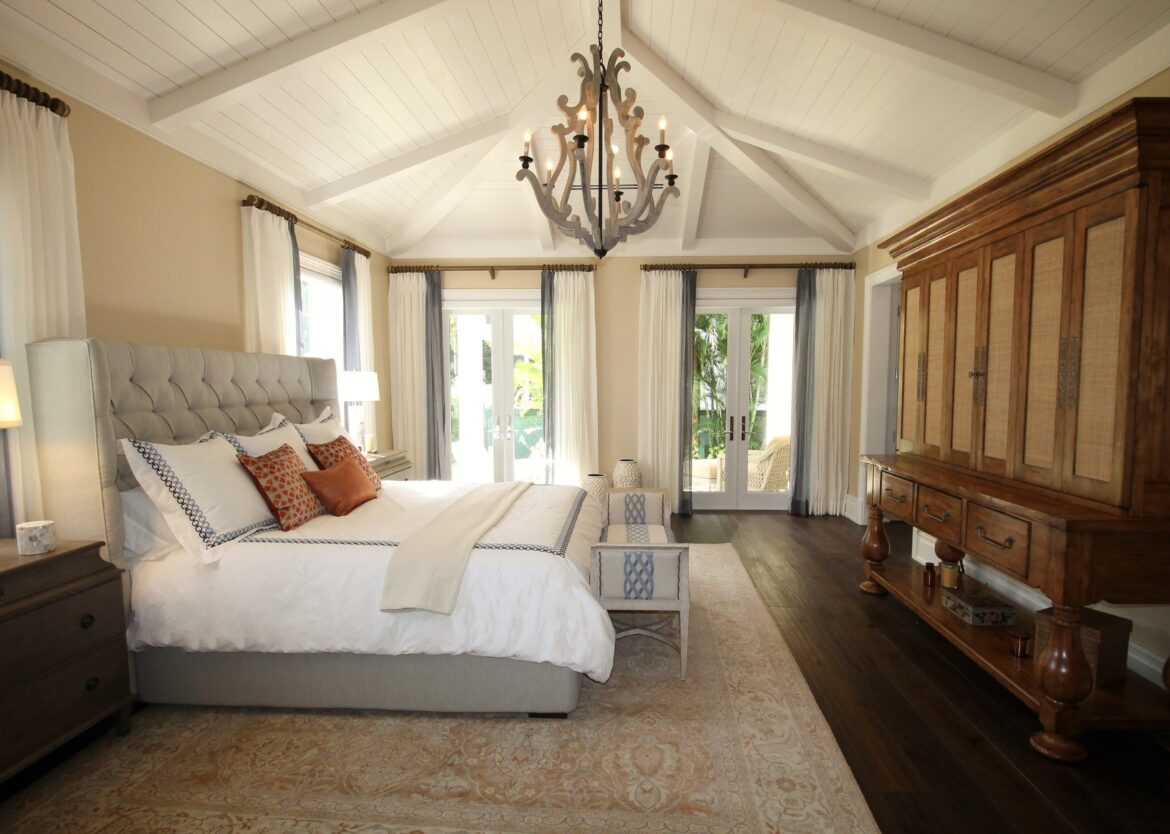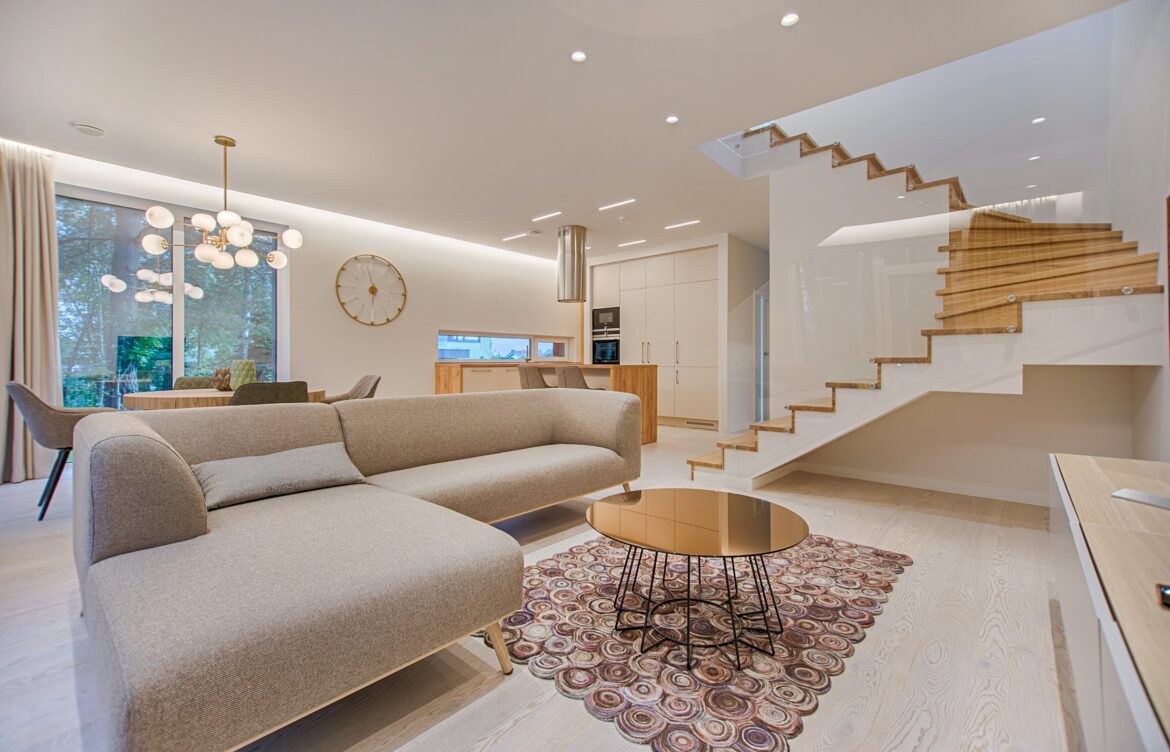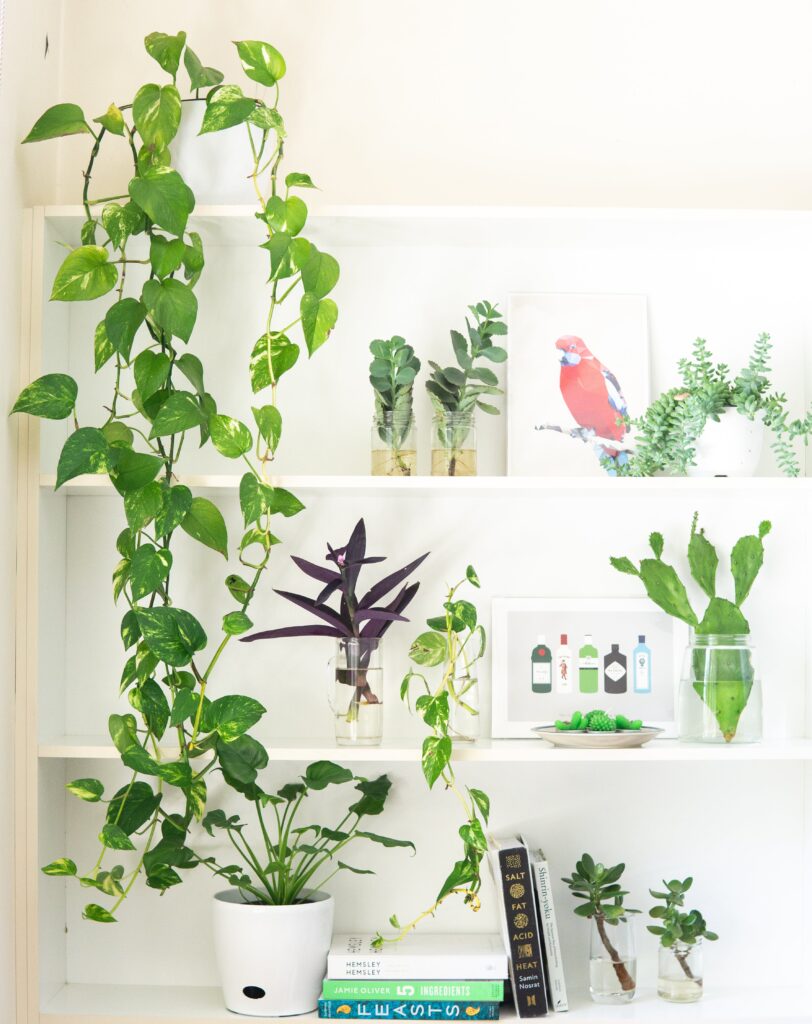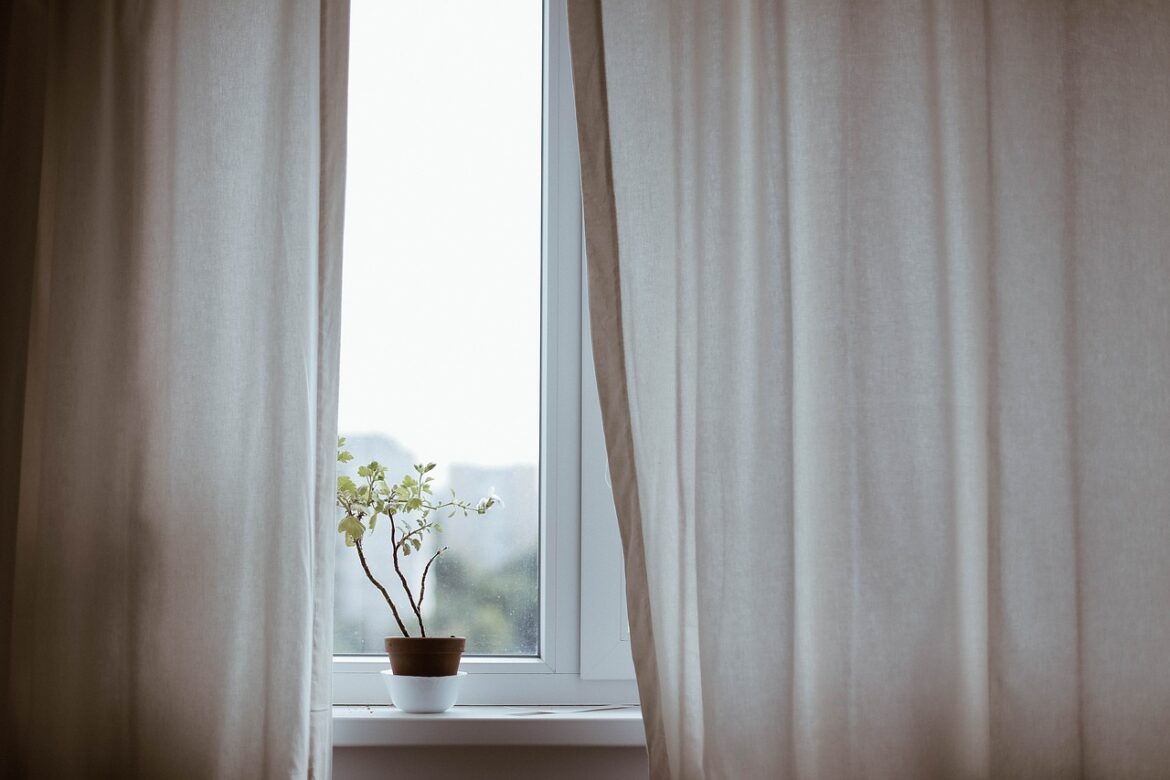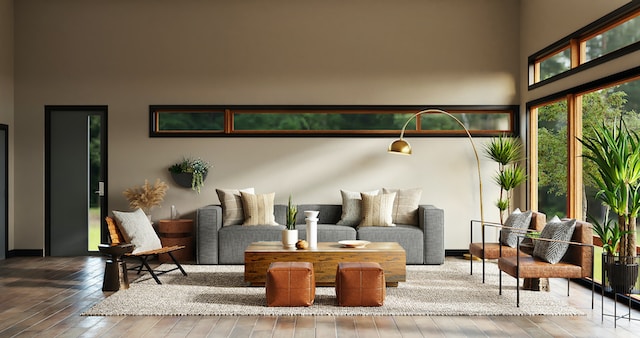Wall paneling has been around for centuries (it can be dated back to the 13th century!) and is one of those interior design trends that can work in any home style.
Whether after a contemporary, minimalist look or something more traditional like wainscoting, wall paneling can make your room feel finished and polished. But does it actually make a room look smaller or bigger?
Height
Wall paneling can make a room look bigger or smaller depending on its height. It’s usually placed up to a third of the total wall height but can be higher or lower too. The height you choose will depend on the style of your space and other elements you want to include, such as doors, windows, and fireplaces. For example, if you have high ceilings, you can panel them all the way to the ceiling to create a dramatic effect.
The height of the panels will also affect how light bounces around the room. For example, darker shaded panels work well in rooms that receive lots of natural daylight. This will help to create a sense of space and a brighter atmosphere. However, if you have small or medium-sized rooms, using a lighter shade is better to prevent the walls from looking dark and gloomy.
Traditionally, paneling is made from wood, but you can now get it in a variety of materials. Some are designed to mimic the appearance of wooden planks, while others have a modern porcelain finish that is more durable and water-resistant. The type of paneling you choose will have an impact on the overall cost of the project. Generally, it’s cheaper to install MDF panels than natural wood.
Once you’ve decided on the height of your paneling, it’s time to measure the walls and work out how much material you need. It’s important to be accurate here so you don’t end up with too few or too many pieces. Typically, home retailers such as Homebase and Wickes will sell wall paneling by the linear meter. You might need to factor in extra for wastage, so it’s best to get a builder or carpenter to do this if you’re unsure how to work it out.
You’ll also need to consider the location of any sockets, switches, and wall lights, which will need to be either removed or moved if you’re going for full-length paneling. It’s also worth taking note of any radiators in the area, which may need to be lowered or raised to avoid them affecting the panels.
Depth
Wall paneling adds texture, depth, and an architectural element to your home. There are a variety of different methods for installing it and many materials to choose from, too, each with its own unique qualities. Typically, wall paneling is made up of strips or slats which are fixed to a wall and then finished. This can be achieved by using wood veneer, MDF board, or plastic laminate sheets. Wood is one of the most popular materials for wall paneling, as it brings a touch of warmth and elegance to a space. But other types of material can also look equally as good.
Before you get started, it’s important to ensure that your walls are smooth and free from any holes or cracks. Once you have done this, you should sand your walls to a smooth surface. This is to make sure that the new wall paneling will sit well against it. After sanding, you should then repaint your walls with a fresh coat of paint. This will ensure that your walls and the new wall panels will be the same shade and that there is no color clash between them.
When choosing the shade for your wall paneling, choosing a light neutral or even white is a good idea. This will help to create a bright and airy room and it will also help the paneling to blend in with the rest of the décor. However, there is nothing to stop you from experimenting with other shades, too – just be careful that the new color doesn’t overpower the existing décor.
The thickness of your paneling can also impact how big or small a room feels. Thicker panelingtends to look chunkier and more substantial, while thin paneling can have a more modern feel to it. It’s also worth remembering that you can use paneling to frame a specific element in a room, such as a window or an alcove. This can create a focal point in your room, making it feel more defined and spacious.
Alternatively, you could also try cladding certain elements of furniture in timber paneling for a modern take on the technique. Sophie Scott and Georgina Key of Studio Skey are fans of cladding desks, vanity units, and drawer fronts in timber panels with a slimmer ribbing design to bring texture and interest to pared-back schemes.
Texture
The paneling in this bedroom adds a lovely texture, making the space feel cozy and welcoming. The homeowner has gone for a whitewashed style, which looks great and can easily be maintained with just a quick sand and a coat of paint and has continued the paneling onto the ceiling, too, to create a cocooning effect and really add height to the room.
Natural wood paneling can be expensive, so if you are looking for a budget alternative, you could try plywood panels, which are sanded and sealed to give the look of traditional timber. You can also buy painted wood paneling sprayed with an impactful color to brighten up a dull space.
Another way to add depth and texture to your wall is with beadboard, which is easy to install. This style is usually more narrow than other types of paneling and works well on walls, ceilings,or even a whole room. The beaded board also comes in a variety of colors to suit any home andcan be used with paint or wallpaper for an eye-catching combination.
If you love the idea of wood paneling but aren’t quite ready to commit to a full room, try using it as a feature wall in a single space. This can be a fantastic way to introduce the trend without committing to a full remodel. The wallpaper in this space is gorgeous, and when paired with the textured wood paneling, it really elevates the look.
You can also add a touch of opulence to your space with faux stone wall panels, which are an inexpensive and durable option. These panels come in a variety of sizes, shapes, and colors to suit any home. They are easy to install and will add a luxurious feel to any room.
One on-trend way to use wall paneling is to create a geometric design with it. This can be as simple or complex as you want it to be, but the basic concept is to use lengths of plywood (again, typically in 1/2″ or 3/4″ thickness) and get creative with your pattern! This wall paneling style started as acoustic wall cladding but has become hugely popular for decorative interior design too!
Color
The color you choose to paint your paneling will help it look even and create a finished aesthetic for the room. It is important to remember that a wood tone will appear warmer than the wall beneath it, so choosing colors with a cooler base will make the paneling stand out and add the right feel to the space. Keelie (@Keelieslife) has painted her shiplap paneling in a sage green which is perfect for keeping her bedroom feeling calm and soothing for sleep time but also energizing for getting out of bed in the morning. It will grow with her as she changes her interior style and can be easily updated by using different accessories to match.
Natural wood paneling works well in modern and traditional interiors, especially when left bare and treated with natural oils to retain the warmth and texture of the grain. However, sometimes a painted wall is more effective at making a space feel special and polished, especially in smaller rooms where it can be used to break up the space into decorating zones. In a modern space with little architectural detail or in a stairwell with no natural wood features, white-painted paneling can perfectly add to the overall look of the room and frame artwork and accessories.
Beadboard paneling is another option that can be incredibly versatile. It is a great choice for rooms that need to feel cozier and more intimate but can be used in other spaces, too, particularly those with low ceilings, where it helps to make the space feel taller by drawing the eye upwards. If you’re worried about a space looking too small, consider using a beadboard that is lighter in color than the walls, as this will help to brighten the room.
Alternatively, you can paint your panels a dark shade to add an instant touch of glamour. A bold black shade like this is perfect if you want your paneling to feel part of a contemporary or industrial interior but doesn’t have the traditional look of wood paneling. It can really make the room feel dramatic and luxurious and works particularly well with bold floor tiles and accented black banisters for a traditional staircase that oozes in class.

